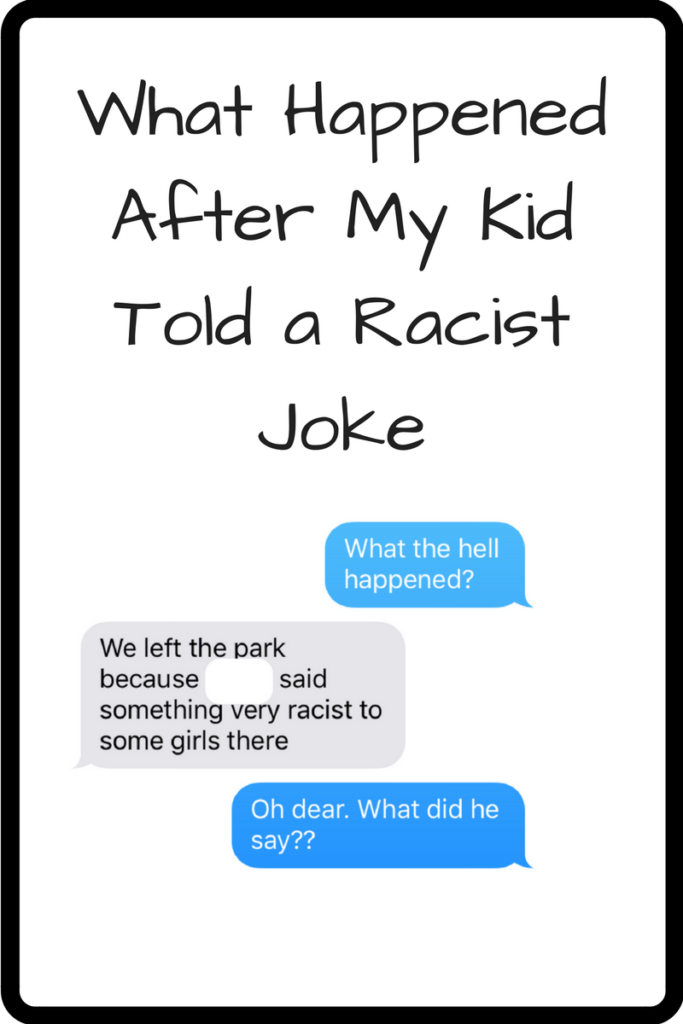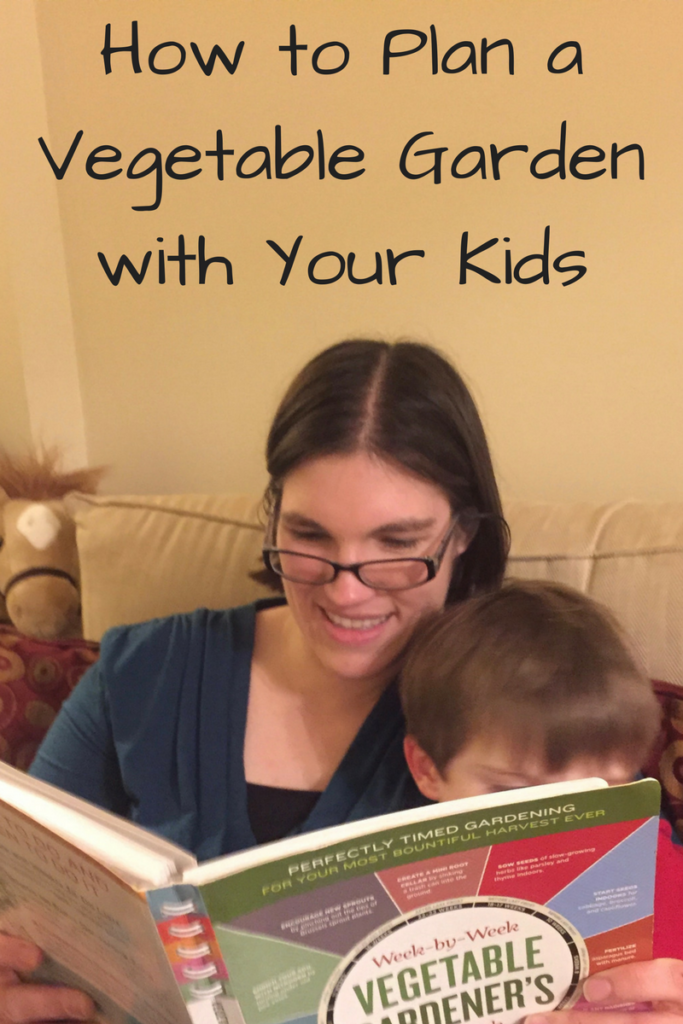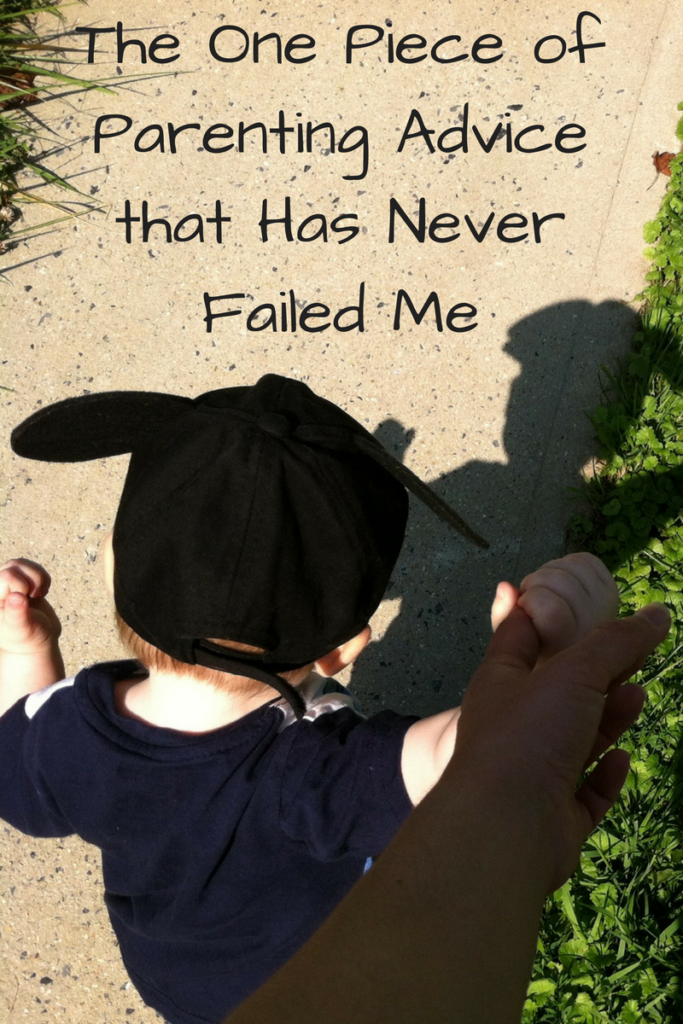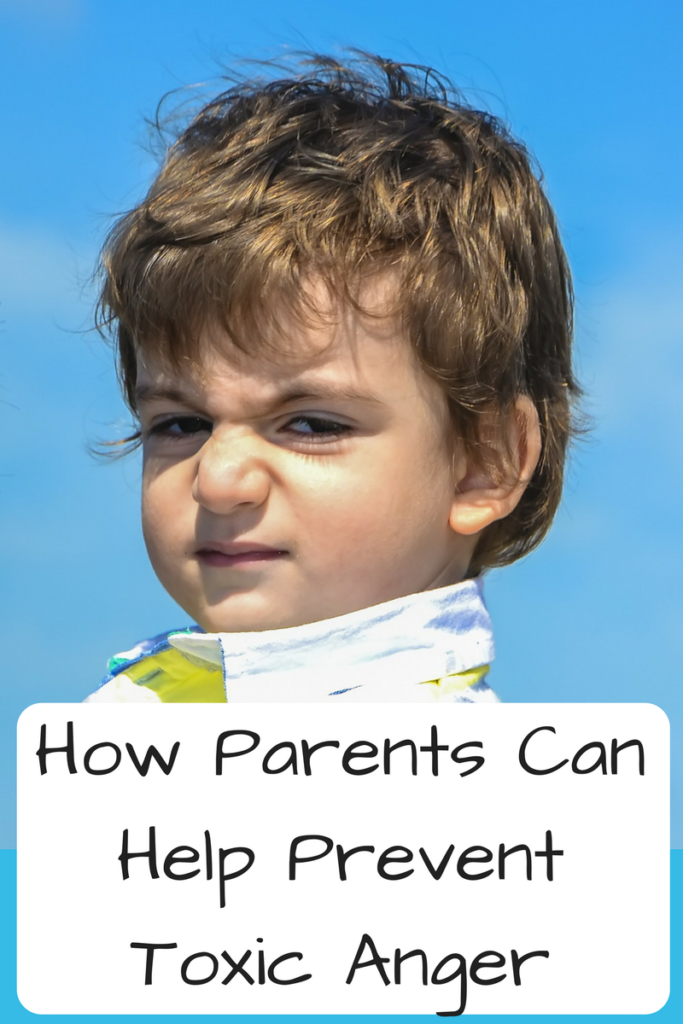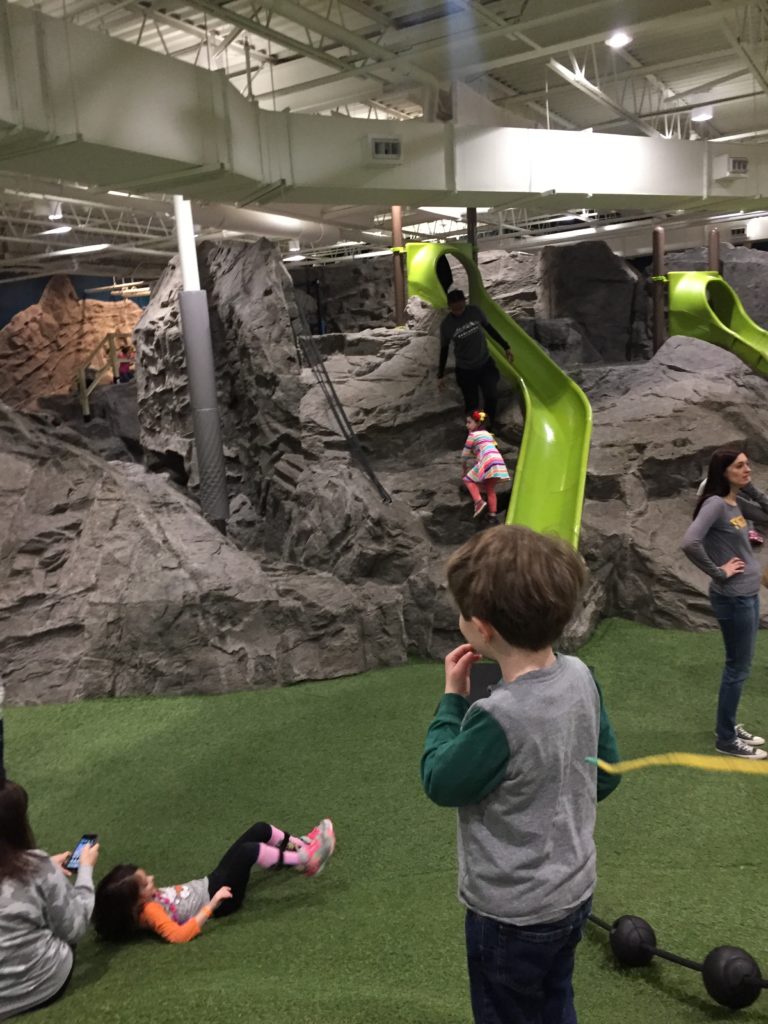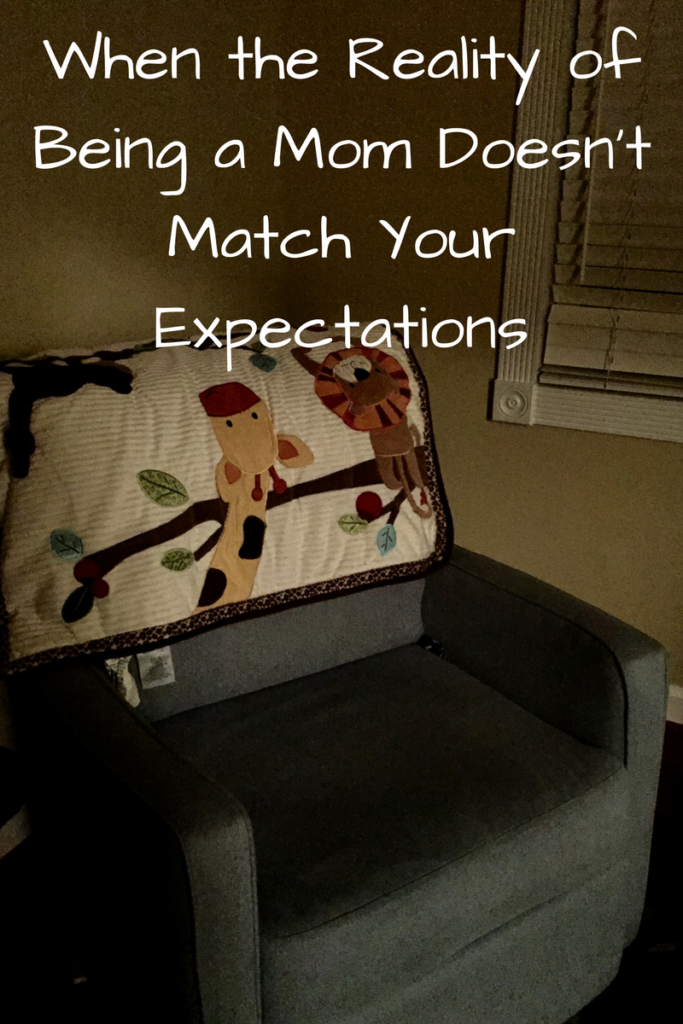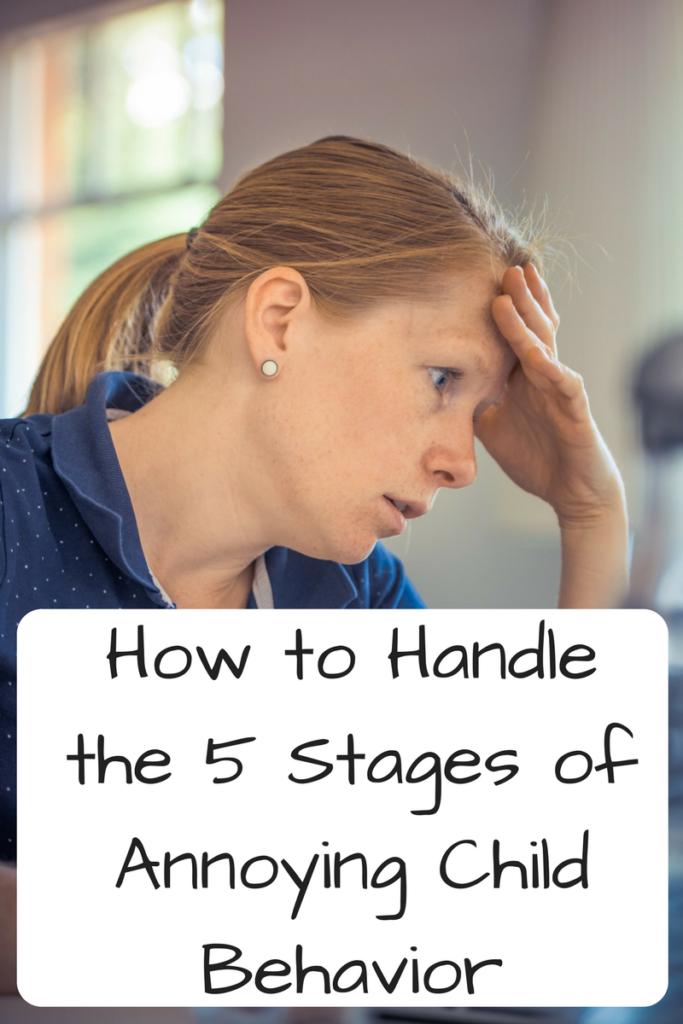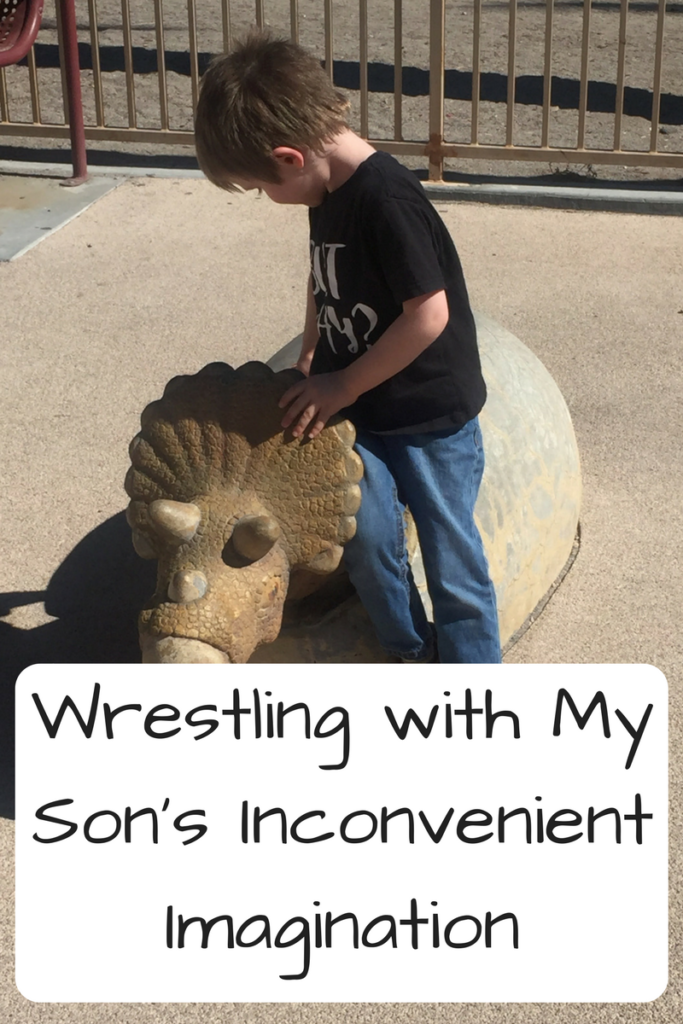Thinking about starting seeds for your family vegetable garden? Here’s step-by-step instructions on starting seeds and getting your kids involved.
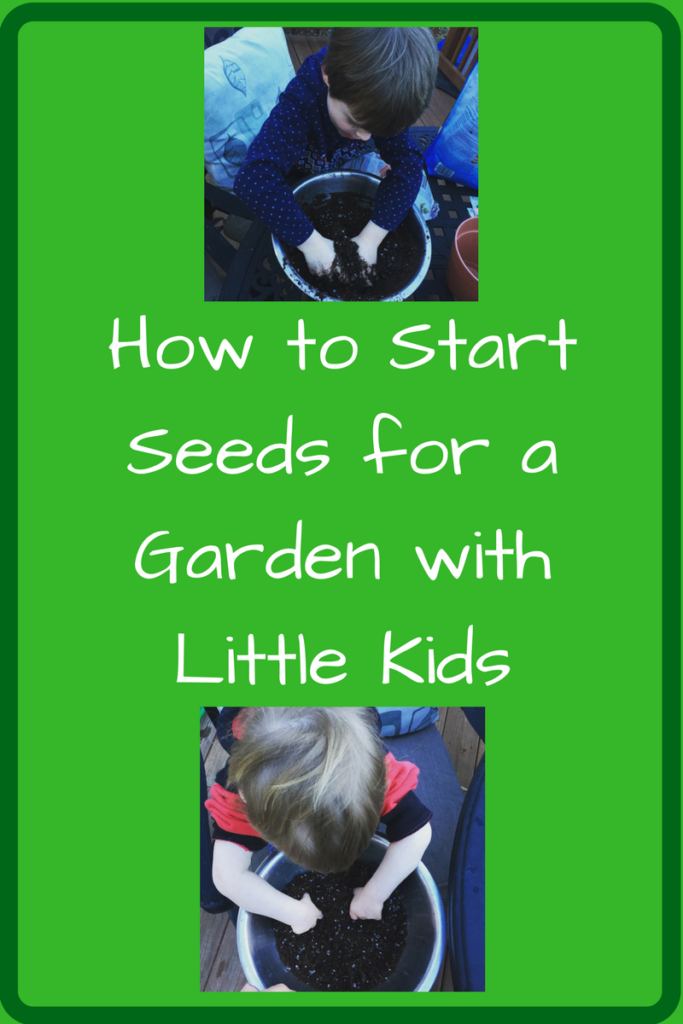
Watching my kids plunge their hands into a mix of seed starting mix and water on our back deck, I know there’s something simply right about what we’re doing. And messy. Very messy.
But after planning a garden with kids, seed starting is the next logical step. While I could fill my backyard garden with seedlings from the farmers’ market, starting everything from seed is both cheaper and more rewarding. It helps the kids see the full life-cycle of plants, from seed to fruit and back to seed again. It’s also a great way to get them involved before spring shows up.
So every year, I flip through the Southern Exposure Seed Exchange catalog, order too much, and start the process of bringing up seedlings. (If you’re not in the Southeast U.S., Home for the Harvest has a great list of sustainable vegetable seed companies.) While my older son (nicknamed Sprout, appropriately) has helped start seeds the last few years, my younger son started helping this year too.
Here’s what we’ve learned:
